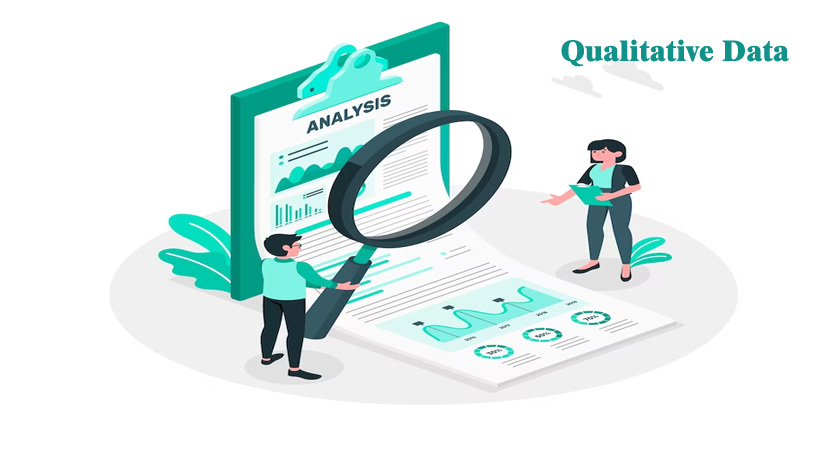Qualitative data is the process where the data is characterized and approximated. Then, the qualitative data is observed and recorded. This type of Data is non-numerical and collected through various methods such as interviews, focus group meetings, and following people around. This data can be arranged categorically based on various attributes and properties of a thing. This is why it is also called categorical data in statistics. Let us look at some of the benefits of qualitative data.
Benefits of Qualitative Data
Some of the benefits of qualitative data are given below:
The data will help market researchers to determine their customer’s mindset. With the help of data, businesses get insights into the reasons behind customers’ purchases of different products. Understanding customers’ points of view is essential since it helps in your business growth and market research. And the data should be collected systematically for better understanding.
The qualitative data collection will help understand the qualitative researchers with detailed analysis. While collecting data, the researchers can probe the participants and gather plenty of information by asking the correct questions. The collected data is used to conclude their business.
Lecture data cannot be used to conduct future research accurately. The questions collected in this data are open-ended, and the participants are free to express their opinions, which will help you get more and more information.
It will provide insights on how observable quantify the world around them. Call iterative data is all about people’s perspectives and feelings about specific products or companies. In this data collection, the most important thing is analyzing every step, such as figuring out the context, finding or understanding patterns, textual data, and the words people say so that you will get great insights from it.
Conclusion
In conclusion, the qualitative data is all about emotions and perceptions documented through participants. This process will help the researchers determine their consumer’s behavior requirements and solve the research problem efficiently.

